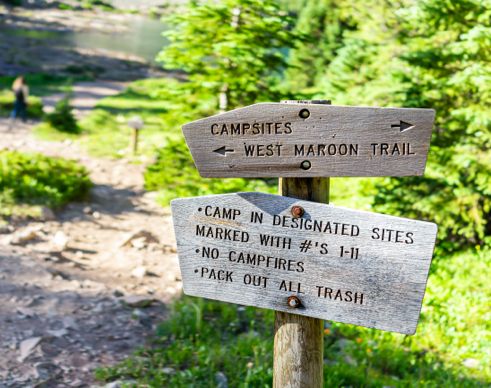Located in Central Mississippi, about 90 minutes east of the Louisiana border, the Delta National Forest is the only national bottomland hardwood forest in the United States. The forest covers 60,898 acres of hardwood trees, swampy bayous, and lakes. It is surrounded by small towns, which makes it fairly secluded and far from city noise and traffic. Delta National Forest is perfect for a tranquil outdoorsy adventure on your own or with the family. The state of Mississippi is known for having an abundance of wildlife, so be prepared to spot alligators, beavers, deer, muskrats, and maybe even a black bear. Enjoy birdwatching, fishing, hunting, hiking, or riding an ATV along one of the 19 multi-use trails in the forest.
Activities in Delta National Forest
Less than two hours east of the Mississippi River, Delta National Forest offers visitors a serene, natural environment to fully experience the outdoors. Enjoy primitive camping at designated spots throughout the forest. Ride an ATV on one of the many multi-use trails that collectively make up 45 miles. Go fishing for catfish in the rivers. Watch for the Mississippi state bird, the northern mockingbird, or the state mammal, the white-tailed deer. You can also spend an enjoyable day boating on the water.

-
Identifying Flora and Fauna

Delta National Forest consists of more than 60 types of trees, including bald cypress and ancient oak covered with Spanish moss, waterfowl, native and migratory birds, and an abundance of diverse mammals. You are likely to see anything from a bald eagle to an alligator to a bobcat or bear.
How to get to Delta National Forest
Address: 68 Frontage Road, Rolling Fork, MS 39159
Fee: Entry fee (daily) $3.0
Per person
Fee: Entry fee (annual pass) $20.0
Per person
Delta National Forest is a dream-come-true for campers. There are 57 mostly primitive campsites and two recreation areas that offer plenty of opportunities to immerse yourself in the woods and become one with nature. The easiest way to fully enjoy the forest is with an RV. Despite its remote location, the forest does sometimes get busy; though Delta National Forest is mostly quiet and secluded, an RV lets you camp and explore in your own private space.
Frequently Asked Questions About Delta National Forest
What is the closest town to Delta National Forest?
Rolling Fork is one of the closest towns to Delta National Forest. The town has a population of just over 2,000 people, so it's large enough to find restaurants, shops, and lodging. It's also the county seat for Sharkey County.
Can you kayak, canoe, or raft in Delta National Forest?
Yes, you can kayak, canoe, and raft in Delta National Forest. The Little Sunflower River Paddling Trail is a popular spot for canoeing, kayaking, or paddleboarding. There are several other rivers, reservoirs, and other spots to paddle as well.
How many hiking trails does Delta National Forest have?
The Delta National Forest has 19 multiple-use trails and one trail exclusively for hiking. Trails range from 3/4 miles to 4 1/2 miles in distance.
What is the best time to visit Delta National Forest?
Spring and fall are the best times to visit the Delta National Forest. The weather is cooler in fall, and there are not as many crowds in spring and fall as there are in summer. You may also see birds migrating either north for summer or south for winter since the Delta National Forest is near the Great River Birding Trail.
Is Delta National Forest open all year round?
Yes, Delta National Forest is open year-round. Some campgrounds within the forest are open year-round as well, so visitors can camp in winter. Thanks to the mild weather, visitors can also participate in outdoor activities like hiking and paddling in any season.


